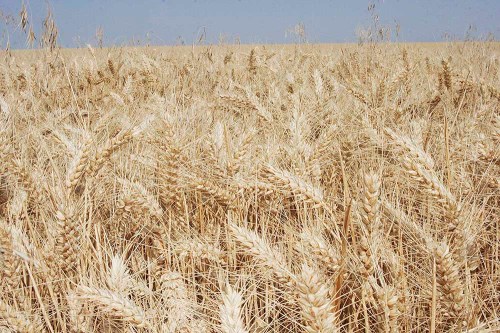Wheat mosaic virus moves north in Washington
Published 12:15 pm Monday, November 28, 2022
PULLMAN, Wash. — The soil borne wheat mosaic virus has moved north of Highway 2 in southeastern Washington, according to Washington State University’s plant pest diagnostic clinic.
This could indicate the virus is spreading, as it has historically been isolated in the Walla Walla area, said Cassandra Bates, plant diagnostician.
Trending
Other than that, many problems caused by disease didn’t happen this year, she said.
“We thought a lot of diseases would be problematic this year. However, nothing really came about,” Bates said.
Based on weather, she suspected fusarium head blight would have been a problem, but it did not materialize in Washington.
The wet May and June could have led to blackleg, “but it too was not a problem,” she said.
“Stripe rust was also not really an issue, even when it took off mid-June, as it was managed by resistant varieties and on-time spray of fungicides,” Bates said.
Frequently seen physical issues were weather-related physiological leaf spot and chemical damage such as herbicide damage and “burning” from fertilizers.
Trending
Diseases that were seen were root-based and viral, she said.
Most of the samples seen this year were soft white winter and spring wheat with a few hard red winter wheats. A few barley samples were submitted.
Bates reported also finding rhizoctonia root rot, snow mold, wheat streak mosaic virus, wheat damping-off and wheat take-all disease.
Growers should look to WSU’s Small Grains websites for disease reports, Bates said.
Contact the Plant Pest Diagnostic Clinic directly via email at plant.clinic@wsu.edu or phone at 509-335-3292.










